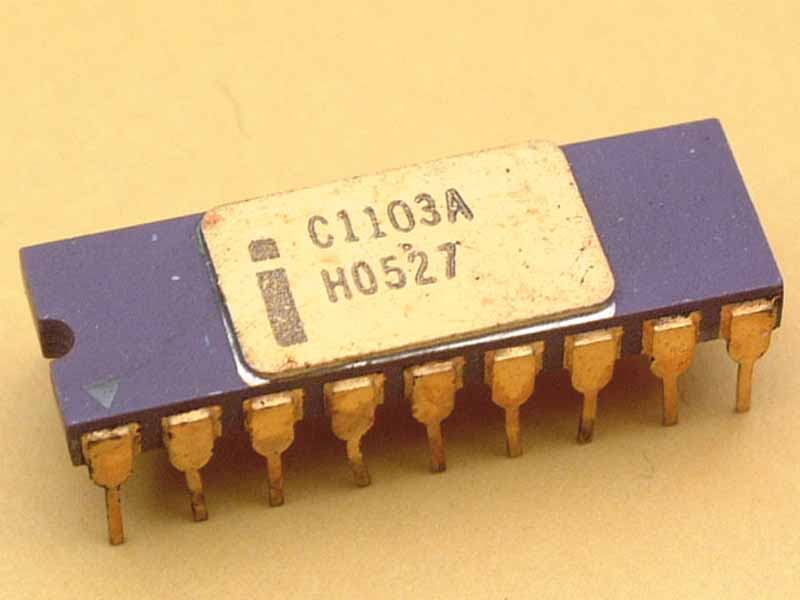
In an age when RAM is measured in gigabytes and disk space is measured in terabytes, it's hard to imagine a time when storage had to be built by hand and every bit was sacred.
But the history of computers is also the story of our ability to store data in myriad forms.
It's arguable that the rapid development from early RAM and permanent storage devices accelerated the development of computer technology as much as the introduction of the transistor did for CPU speeds.
Initially, however, computers didn't have memories as we would recognise them.
When the iconic Manchester Baby computer first ran in 1948, it was revolutionary because it stored its programs in the form of RAM. It sounds obvious now, but if you wanted to run a fresh program on a computer at the time, weeks of rewiring were usually required to make it possible. Baby changed all that. Now you could enter and run new programs in a matter of hours.
Baby's amazing ability was down to an ingenious storage device called the Williams Tube. The memory worked on the principle that when a beam of electrons was fired down a vacuum tube and hit a phosphorescent coating at the other end, small static charges built up at the points where the beam hit the phosphor.
A set of pickup plates in front of the coating then detected the charges. However, because the charges faded quickly, a refresh circuit needed to read which bits were set and use the electron beam to refresh them every few milliseconds. Williams Tubes could store around 1Kb and, although they sound cumbersome, have a modern parallel in today's DRAM chips. These work by storing tiny electrical charges in microscopic capacitors that are topped up every few microseconds.
Sign up for breaking news, reviews, opinion, top tech deals, and more.
During the post-war years, the Americans also used phosphor dots to store data. Encouraged by the Institute for Advanced Study's computing pioneer John von Neumann, the Radio Corporation of America (RCA) began work on its Selectron tube in 1946.
This space age device was about the size of a child's forearm and, with a cathode running up the middle, was packed with electronics. Different models could store from 256 to 4,096 bits of data on individual phosphor dots. The 256-bit Selectron was projected to cost about $500 to build, and it was both faster and more reliable than the Williams Tube.
However, the Selectron was complex to make and expensive to produce, so engineers began to develop other weird and wonderful forms of memory. Delay lines – the invention of computer pioneer J Presper Eckert – must rank among the strangest.
The idea was to convert individual bits into mechanical vibrations and send these one by one through a dense medium – such as a tank of mercury – so that they travelled relatively slowly. When each vibration reached the other end, a piezoelectric crystal picked it up, converted it back into an electrical impulse and sent it back to the start again. Delay-line memory was a refreshable memory, and as opposed to modern RAM, it was serial access.
To access a certain bit in a delay-line memory, the computer had to wait a few milliseconds until the relevant vibration reached the end of the tank. Delayline memory also required complex equipment to focus the vibrations so that they didn't reflect off the inside walls of the tank and cause interference. Because of this, delay-line memory was too bulky and limited to survive.
Both the Selectron and the Williams Tube were superseded in the market by a far more convenient and cost-effective form of main memory that was about to take the world of computing by storm.